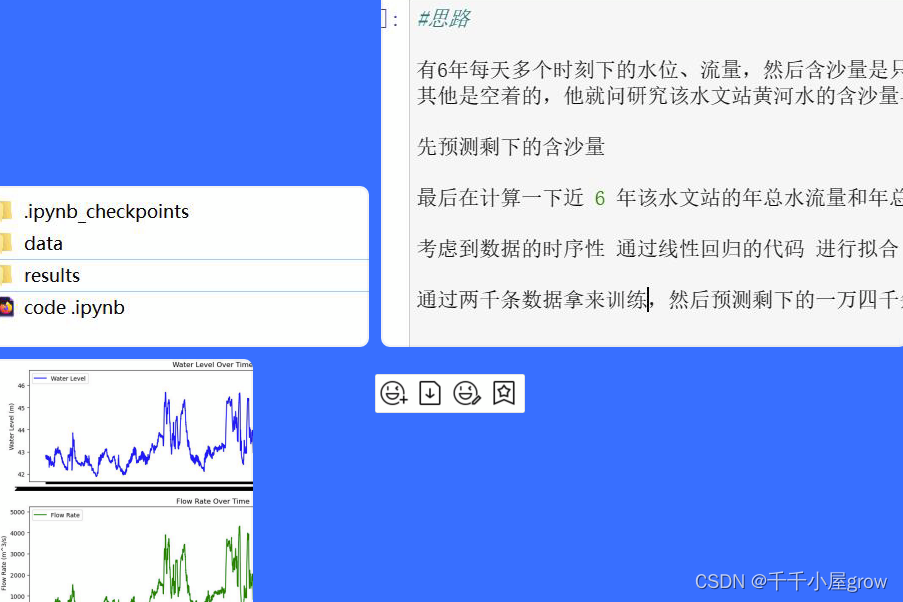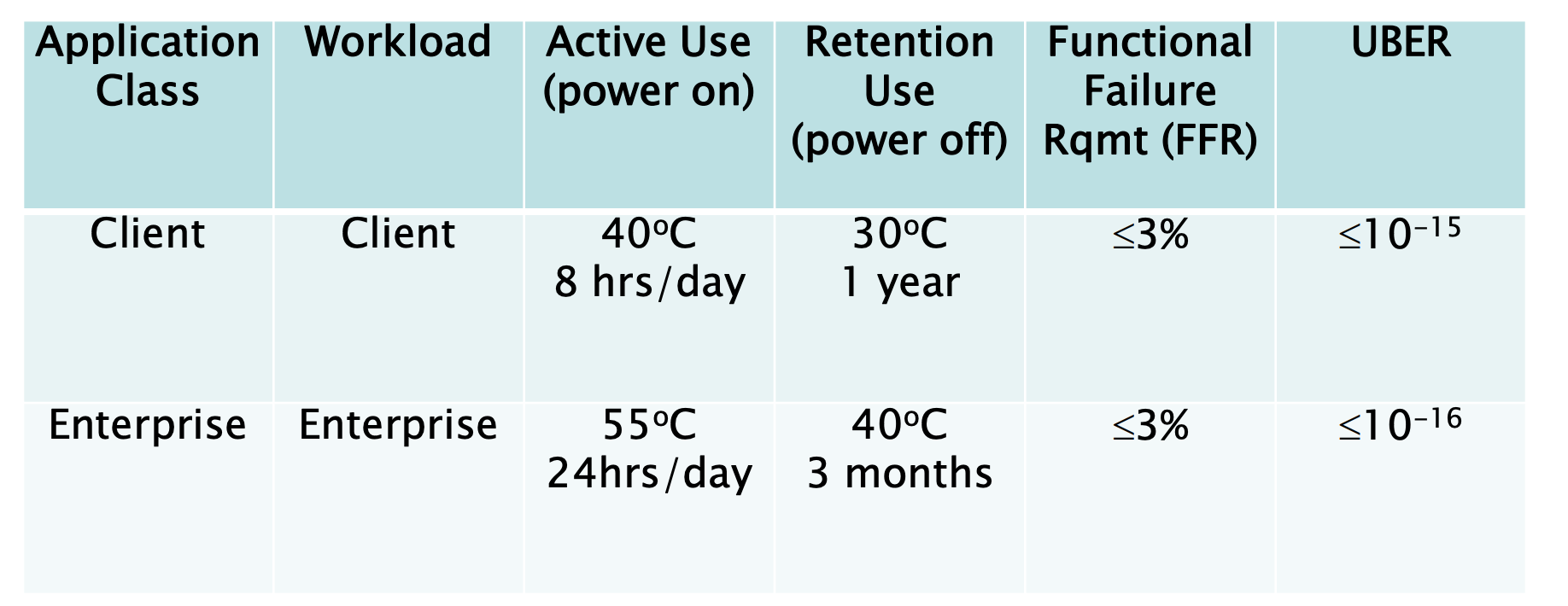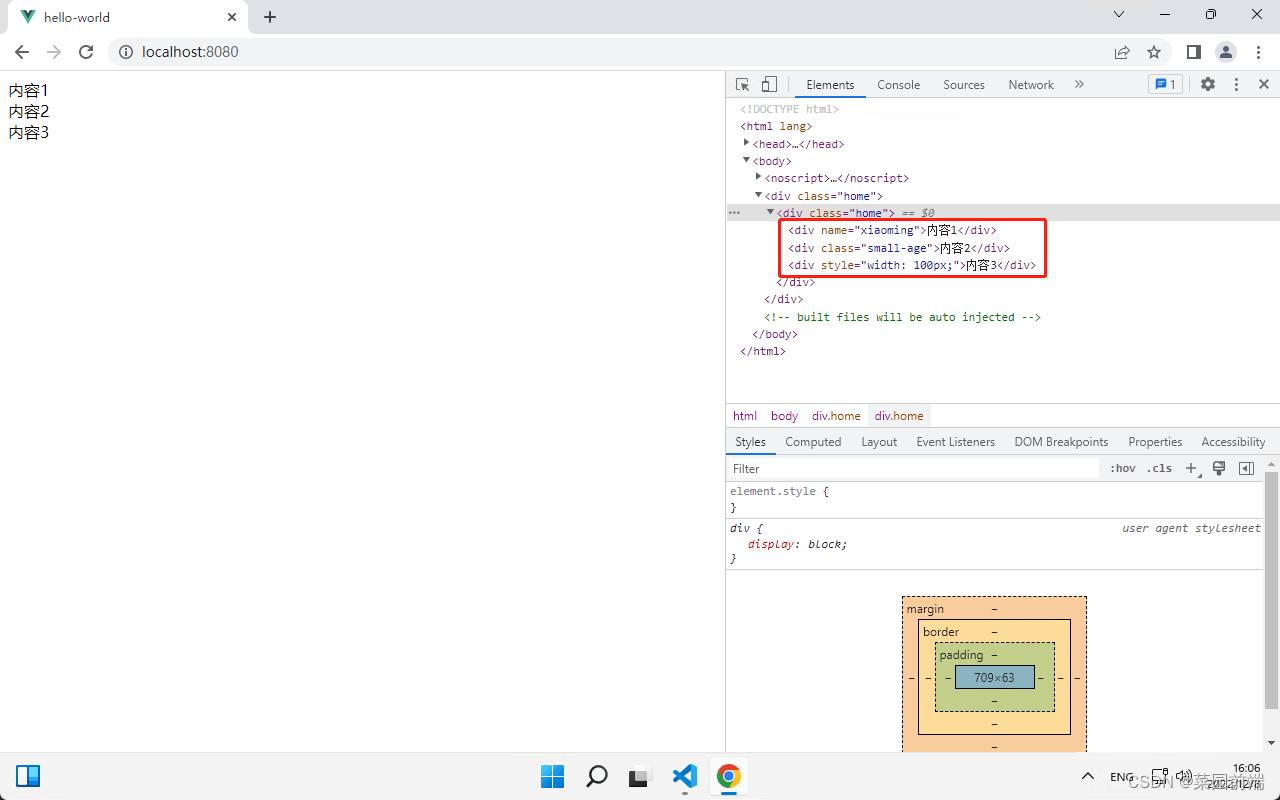E 题 黄河水沙监测数据分析
黄河是中华民族的母亲河。研究黄河水沙通量的变化规律对沿黄流域的环境治理、气候变
化和人民生活的影响,以及对优化黄河流域水资源分配、协调人地关系、调水调沙、防洪减灾
等方面都具有重要的理论指导意义。
附件 1 给出了位于小浪底水库下游黄河某水文站近 6 年的水位、水流量与含沙量的实际监
测数据,附件 2 给出了该水文站近 6 年黄河断面的测量数据,附件 3 给出了该水文站部分监测
点的相关数据。请建立数学模型研究以下问题:
问题 1 研究该水文站黄河水的含沙量与时间、水位、水流量的关系,并估算近 6 年该水
文站的年总水流量和年总排沙量。
#完整代码:https://mbd.pub/o/bread/mbd-ZJ2cl59p


#思路
有6年每天多个时刻下的水位、流量,然后含沙量是只有两千条数据,
其他是空着的,他就问研究该水文站黄河水的含沙量与时间、水位、水流量的关系
先预测剩下的含沙量
最后在计算一下近 6 年该水文站的年总水流量和年总排沙量。
考虑到数据的时序性 通过线性回归的代码 进行拟合
通过两千条数据拿来训练,然后预测剩下的一万四千条数据
#千千数模 q群:790539996
#代码购买链接:https://www.jdmm.cc/file/2709544/
#倒卖欢迎举报 举报有奖# In[2]:table = pd.read_excel(r"./data/附件1.xlsx")
for i in range(2017, 2017+5):
# 移除table最后一条数据(重复了)
# print(table.iloc[len(table)-1])table.drop((len(table)-1),inplace=True)i = str(i)temp = pd.read_excel(r"./data/附件1.xlsx",sheet_name = i)table = pd.concat([table, temp])table = table.reset_index(drop=True)
table# In[3]:# 补齐时间
table['年'].fillna(method='ffill', inplace=True)
table['月'].fillna(method='ffill', inplace=True)
table['日'].fillna(method='ffill', inplace=True)
table# In[13]:# 数据预处理
time_list = []
for i in range(len(table)):m, d, h = str(int(table.iloc[i,1])), str(int(table.iloc[i,2])),str(table.iloc[i,3])if(int(table.iloc[i,1])<10):m = "0" + str(int(table.iloc[i,1]))if(int(table.iloc[i,2])<10):d = "0" + str(int(table.iloc[i,2]))
# print(m,d)time = str(int(table.iloc[i,0]))+"-"+ m+"-"+ d +" "+ h
# print(time)time_list.append(time)temp = pd.DataFrame(time_list, columns=["时刻"])
temp["时刻"]= pd.to_datetime(temp["时刻"])
# temp.to_csv('example3.csv', index=False)
# temp
table1 = pd.concat([table, temp],axis=1)
# tabledf =table1.iloc[:, [7,4,5,6]]
df.to_csv('example2.csv', index=False)# 将索引转换为日期时间
# df.set_index("时刻", inplace=True)
df# In[5]:df["时刻"]= pd.to_datetime(df["时刻"])
# 将时间序列转换为数值型特征
df['时刻'] = df['时刻'].apply(lambda x: x.timestamp())
df# In[6]:# 提取时间、水位、水流量和含沙量的数据
data = df[pd.notna(df["含沙量(kg/m3) "])]
X = data[['时刻', '水位(m)', '流量(m3/s)']]
y = data['含沙量(kg/m3) ']
y# In[7]:# 建立线性回归模型
#LSTM
model = LinearRegression()
model.fit(X, y)# In[8]:new_df = df[pd.isna(df.loc[:,"含沙量(kg/m3) "])]
new_X = new_df.loc[:,['时刻', '水位(m)', '流量(m3/s)']]
new_df.loc[:,"含沙量(kg/m3) "] = model.predict(new_X)
new_df# In[9]:# 使用 fillna 方法填充空白部分
table['含沙量(kg/m3) '].fillna(new_df['含沙量(kg/m3) '], inplace = True)
# table.to_csv('example.csv', index=False)
table# In[10]:



![[html]当网站搭建、维护的时候,你会放个什么界面?](https://img-blog.csdnimg.cn/c12ae3d45dd1423aa5c06d1eeaef9bd6.png)







